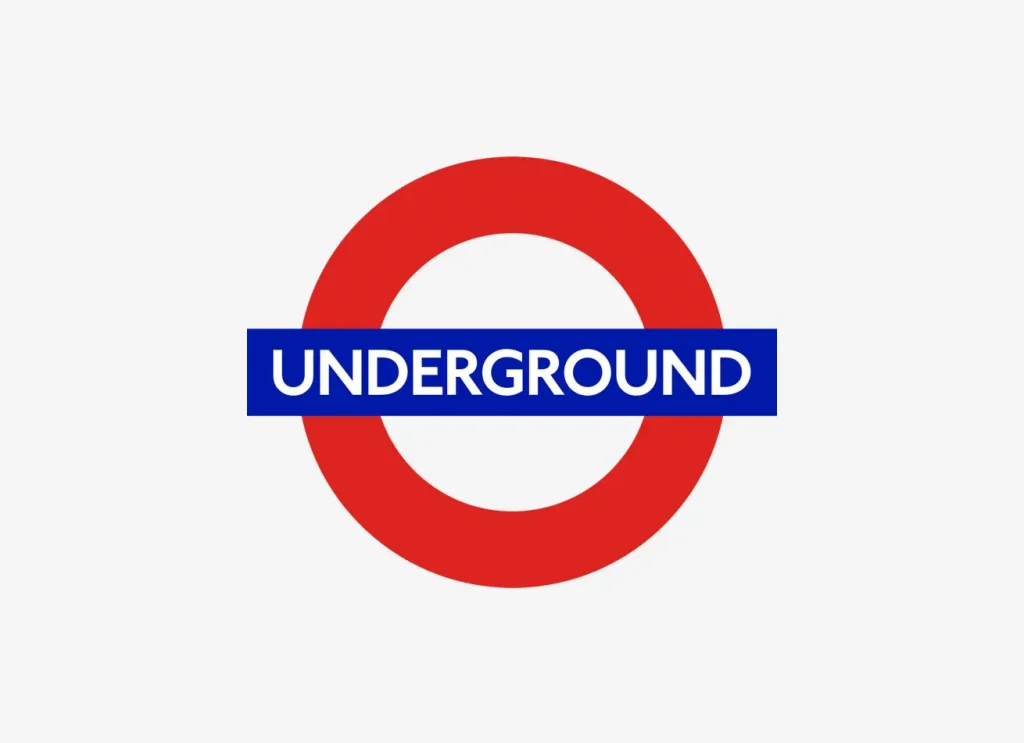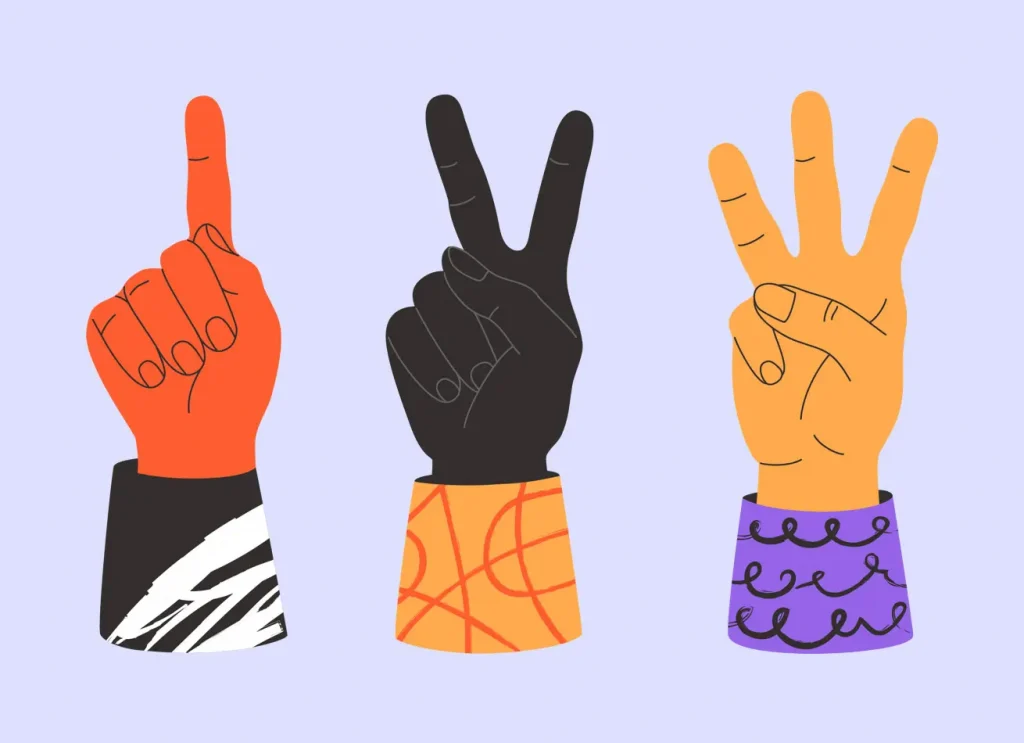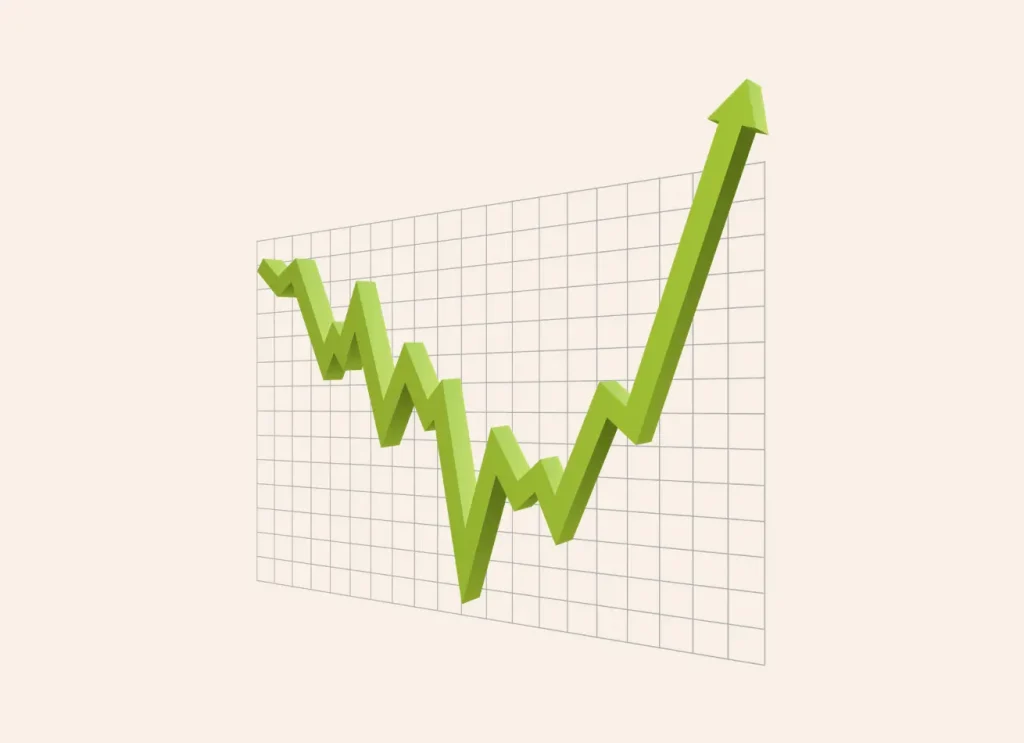Site layout is important for website design and should consider visuals, hierarchy, and responsiveness. Visuals should be carefully chosen to convey a message and be of good quality and placement. Performance optimization helps make the website faster by reducing image sizes, using caching, and optimizing code.
Designing a website can be a daunting task, but with the right tools and techniques, it doesn’t have to be. In this article, we’ll cover everything from creating a site layout to choosing the right visuals to optimizing your site for performance. With these tips and tricks, you’ll be able to create a website that is both user-friendly and visually appealing. Let’s get started!
1. Creating a Site Layout
When designing a website, creating a site layout is one of the most important steps. A site layout serves as the foundation for the entire design, determining the visual structure and hierarchy of the elements on the page. It’s important to get the site layout right from the start in order to create a cohesive user experience.
When designing a site layout, begin by laying out the major elements on the page. This includes the header, navigation, content, and footer. Consider the size of each element and how they interact with each other on the page. How will the header and navigation menus be placed? Should the content take up the whole page or should it be divided into sections? Where should the footer be located? These are questions to consider when creating a site layout.
Next, think about the visual hierarchy. How will you draw attention to certain elements on the page? For example, you can use size, color, and spacing to create a sense of importance. You may also want to consider how to guide the user’s eye across the page. This can be done by using leading lines, or directing the user’s attention from one element to the next.
Finally, make sure the site layout is responsive. With more and more people accessing websites from mobile devices, it’s important to create layouts that are optimized for different screen sizes. Use media queries to create different designs for different devices.
Creating a site layout is a critical part of web design. By considering the elements, hierarchy, and responsiveness of the design, you can create a layout that provides a great user experience.
2. Choosing the Right Visuals
When it comes to designing a website, visuals are an important factor to consider. Visuals help convey the message of the website and can make a huge difference in how users interact with it. Therefore, it is important to choose the right visuals for your website.
When selecting visuals for your website, it is important to think about the message you are trying to convey. Are you trying to create a sense of professionalism? Or are you looking for something more playful and creative? Ask yourself these questions in order to determine the best type of visuals for your website.
Additionally, consider the color scheme for your visuals. Colors can be used to convey different messages and evoke different feelings. For example, blues and greens are often used to evoke a feeling of calm and relaxation, while reds and oranges are often used to evoke feelings of energy and excitement. Choosing the right colors for your visuals can help you create the desired atmosphere for your website.
It is also important to consider the size and placement of your visuals. When it comes to size, make sure the visuals are large enough to be seen clearly on all types of devices. When it comes to placement, consider where the visuals should go so that they do not interfere with the functionality of the website.
Finally, make sure the visuals you choose are of high quality. Low-quality visuals can make your website look unprofessional and can detract from the overall experience. Therefore, make sure you take the time to select visuals that are clear and of a high quality.
By considering the message, color scheme, size, placement, and quality of visuals, you can ensure that your website design is effective and creates the desired atmosphere. With the right visuals, you can create a website that looks professional and encourages users to engage with it.
3. Optimizing Your Site for Performance
Optimizing your site for performance is an important step in designing a successful website. There are several key elements to consider when optimizing your website for performance.
First, reduce the size of images that are used on the website. Compressing images can drastically reduce the amount of data that needs to be loaded when a user visits the website. Additionally, be sure to use the appropriate image format for the type of image being used. For example, PNGs are best used for graphic images, while JPGs are better used for photographs.
Second, use caching to reduce the number of requests that need to be made to the server. Caching will store elements of the website so that they are not loaded every time a user visits the page. This can drastically reduce page loading times, and ensure a better user experience.
Finally, optimize the code of the website. This includes minifying JavaScript and CSS files, as well as removing unnecessary code. This will reduce the size of the website, improving the speed and performance of the site.
By taking these steps, you can ensure that your website is optimized for performance, providing a better experience for your users.
Designing a website can be a complex process, but it doesn’t have to be difficult. By following the steps outlined in this article, such as creating a site layout, choosing the right visuals, and optimizing your site for performance, you can create a website that is both attractive and efficient. With the right design plan, you can create a website that is both effective and user-friendly.



